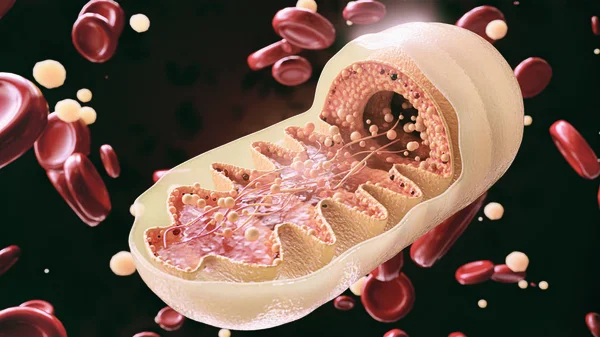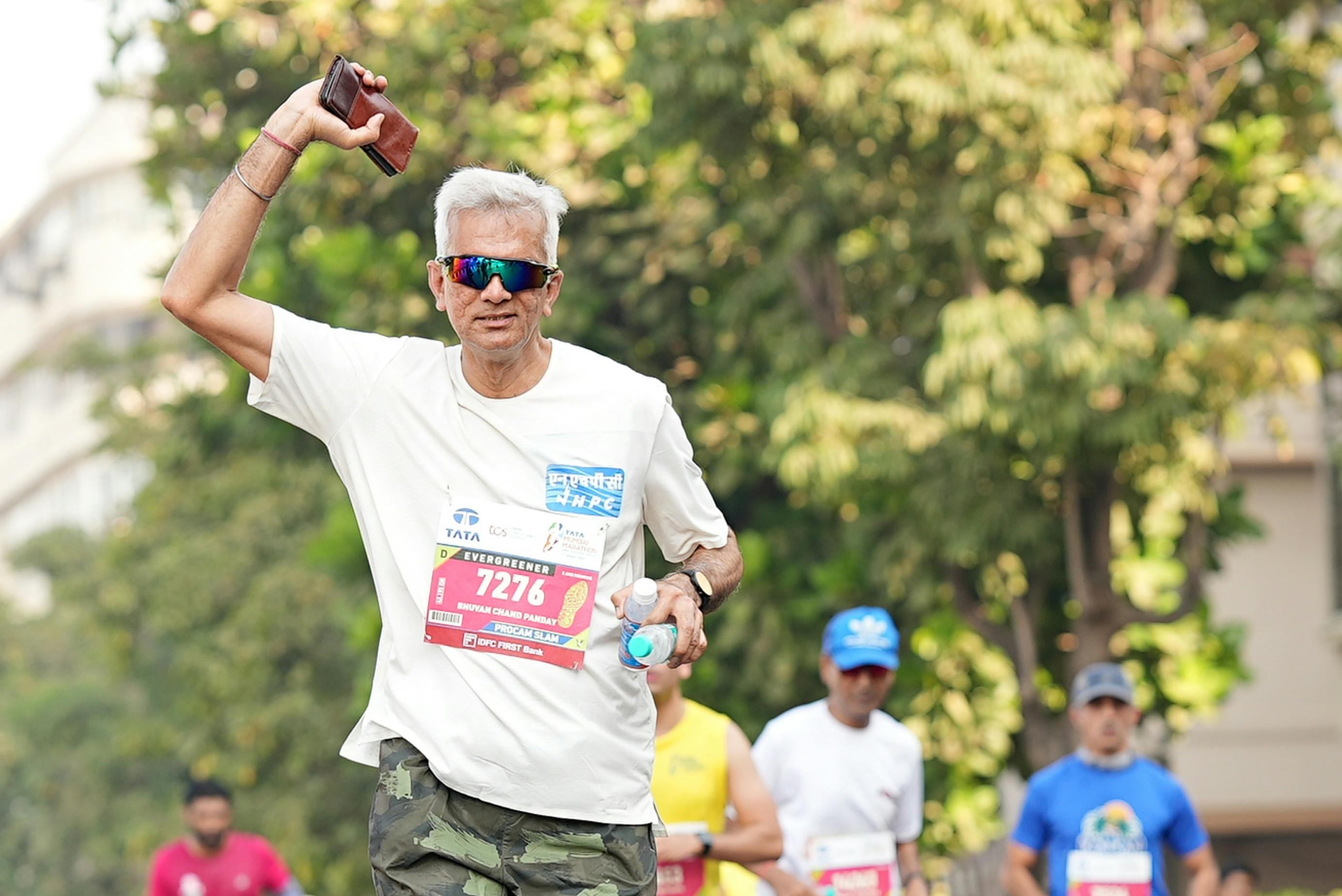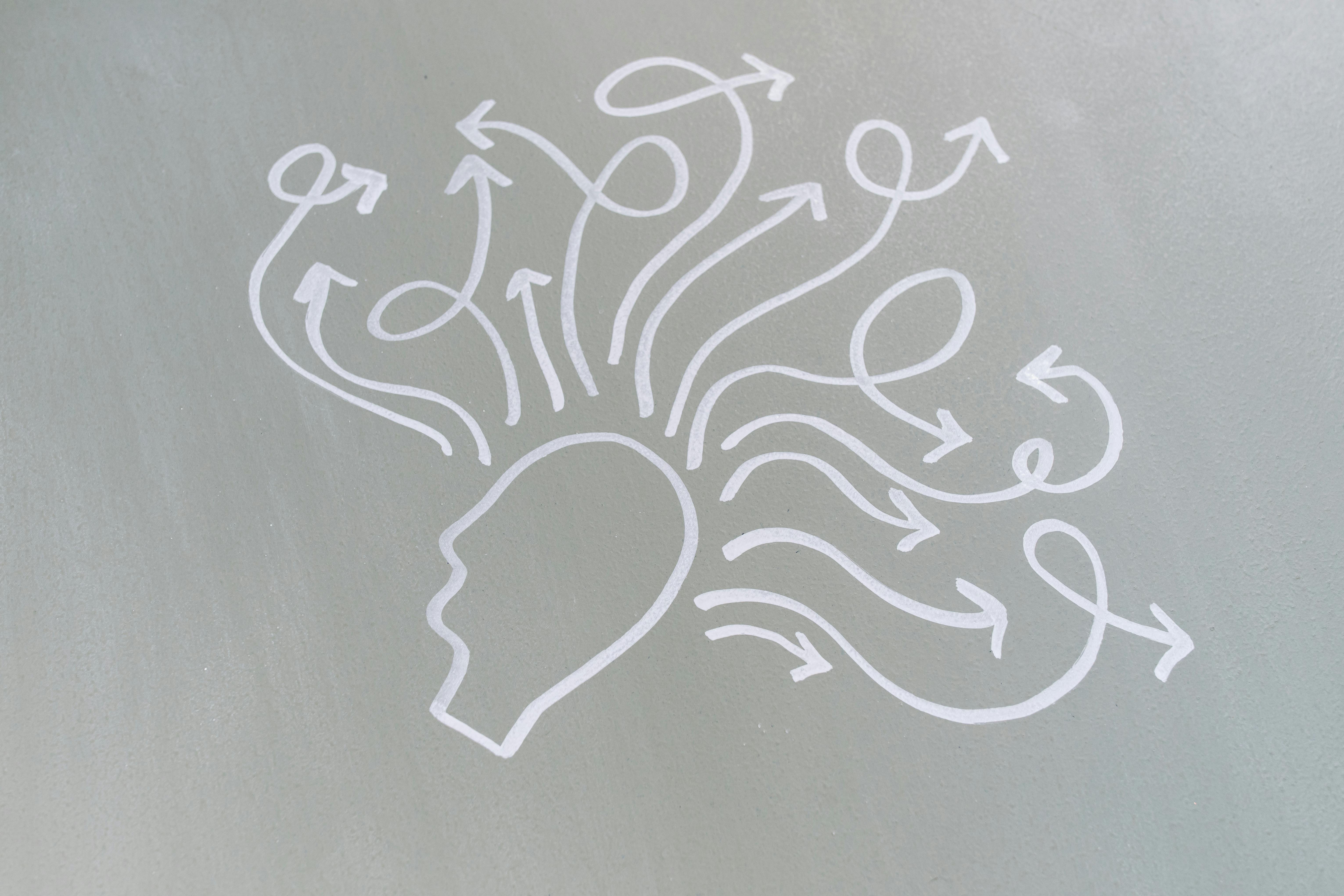Table of Contents
The Overlooked Role of Mitochondrial Efficiency in Aging and Performance

Introduction: The Hidden Engines of Your Body
When people think about fitness and aging, they usually talk about diet, workouts, and maybe genetics. But behind the scenes, a less visible factor is quietly shaping how we age and how well we perform: mitochondrial efficiency. These tiny structures inside our cells act as power plants, turning oxygen and nutrients into the energy that keeps everything running—from your heartbeat to your next sprint.
And here's where things get interesting: research shows that the way our mitochondria function plays a major role in how fast we age, how strong we feel, and how resilient we are against disease. Even more, improving VO₂ Max, your body's ability to use oxygen during exercise, directly influences mitochondrial efficiency. This makes VO₂ Max not just a fitness number, but a window into cellular health and longevity.
What Are Mitochondria?
Mitochondria are often called the "powerhouses of the cell". They take in nutrients (like glucose and fat) and combine them with oxygen to make adenosine triphosphate (ATP), the energy currency your body spends to do anything.
But mitochondria do more than just fuel movement. They're involved in controlling inflammation, regulating metabolism, and even signaling when damaged cells need to be repaired or recycled. When mitochondria don't function properly, energy levels drop, inflammation rises, and risks for conditions like diabetes, heart disease, and neurodegeneration increase.
Mitochondrial Efficiency and Energy Production
Mitochondrial efficiency refers to how effectively your mitochondria convert oxygen and nutrients into ATP.
- High efficiency means more energy is produced with less waste.
- Low efficiency means more byproducts, like reactive oxygen species (ROS), which can damage cells and accelerate aging.
Here's the kicker: your VO₂ Max is essentially a measure of how well your heart, lungs, blood, and mitochondria work together to deliver and use oxygen. In other words, VO₂ Max is the real-world, testable outcome of mitochondrial efficiency.
A study in Nature Metabolism found that people with higher VO₂ Max not only had better endurance but also showed healthier mitochondrial function compared to less fit individuals (Nature Metabolism, 2020).
The Aging Connection
Aging is often described as a gradual loss of function. At the cellular level, a lot of this comes down to mitochondrial decline.
- Mitochondria become less efficient at producing ATP.
- More harmful byproducts are released, damaging DNA and proteins.
- Damaged mitochondria accumulate, worsening the cycle.
This decline is strongly linked to common age-related issues such as muscle weakness, slower recovery, fatigue, and even cognitive decline.
But here's the hopeful news: studies show that exercise can reverse or slow down mitochondrial decline. For example, research in Cell Metabolism demonstrated that high-intensity interval training (HIIT) significantly improved mitochondrial function in older adults, effectively making their cells behave more "youthfully".
Exercise, VO₂ Max, and Mitochondria
When you exercise—especially in ways that challenge your cardiovascular system—your body responds by building more and better mitochondria. This process, called mitochondrial biogenesis, is one of the most powerful anti-aging mechanisms we know of.
- Aerobic exercise (like running, cycling, rowing) increases the number of mitochondria.
- High-intensity training improves their efficiency, pushing them to generate more ATP with less waste.
- Strength training helps protect muscle mass, which houses many mitochondria.
And this circles back to VO₂ Max. A higher VO₂ Max means your body can take in and use more oxygen, fueling mitochondria more effectively. Tracking VO₂ Max with precision, using a reliable VO₂ device, gives you direct feedback on whether your training is improving cellular health—not just surface-level fitness.
Nutritional and Lifestyle Factors
Exercise is the strongest driver of mitochondrial health, but it's not the only one.
- Nutrition: Foods rich in antioxidants (like berries, leafy greens, and nuts) can help balance oxidative stress. Nutrients like omega-3s, magnesium, and CoQ10 support mitochondrial energy production.
- Sleep: Poor sleep disrupts mitochondrial repair cycles, while quality sleep helps restore efficiency.
- Stress management: Chronic stress raises cortisol and damages mitochondria. Practices like meditation or mindful breathing can buffer this effect.
- Cold exposure and heat therapy: Some studies suggest saunas and cold baths may boost mitochondrial biogenesis by stressing the system in small, beneficial ways.
Together, these lifestyle factors act as "mitochondrial medicine", but exercise remains the anchor—and VO₂ Max is the metric that shows if your mitochondria are responding.
Cutting-Edge Research & Future Directions
- Mitochondria-targeted therapies: Experimental drugs and supplements (like nicotinamide riboside, NR, or nicotinamide mononucleotide, NMN) aim to restore mitochondrial function.
- Exercise mimetics: Researchers are testing molecules that mimic the cellular effects of exercise, though nothing replaces the real thing yet.
- Longevity studies: Elite endurance athletes often have mitochondrial profiles that look "younger" than their chronological age, suggesting VO₂ Max may be one of the best predictors of healthy lifespan.
One fascinating finding: in studies of centenarians, those who maintained better physical performance often had stronger mitochondrial health, linking daily function with cellular efficiency.
Takeaways: Why Mitochondrial Health Matters for You
- Mitochondria are the engines that power your body.
- Their efficiency declines with age, driving fatigue and disease.
- Exercise—especially training that improves VO₂ Max—can restore mitochondrial function.
- Lifestyle choices like good nutrition, sleep, and stress management give mitochondria extra support.
- Tracking VO₂ Max with a reliable device provides a real-world measure of mitochondrial health, letting you see progress that goes far deeper than weight or steps.
If your goal is to age well, stay sharp, and perform at your best, supporting your mitochondria isn't optional—it's essential. And VO₂ Max is your best tool to monitor whether you're truly moving in the right direction.
References
American Diabetes Association. Standards of Medical Care in Diabetes—2023. Link
Booth, F. W., Roberts, C. K., & Laye, M. J. (2012). Lack of exercise is a major cause of chronic diseases. Comprehensive Physiology, 2(2), 1143–1211. Link
Church, T. S., et al. (2009). Effects of aerobic and resistance training on hemoglobin A1c levels in patients with type 2 diabetes. JAMA, 304(20), 2253–2262. Link
Kodama, S., et al. (2009). Cardiorespiratory fitness as a quantitative predictor of all-cause mortality and cardiovascular events. JAMA, 301(19), 2024–2035. Link
Myers, J., et al. (2015). Association of exercise capacity and body mass index with mortality in men with cardiovascular disease. Circulation, 112(5), 541–549. Link
Ross, R., et al. (2019). Importance of assessing cardiorespiratory fitness in clinical practice: A case for fitness as a clinical vital sign. Circulation, 134(24), e653–e699. Link
Wasserman, K., Hansen, J. E., Sue, D. Y., et al. (2011). Principles of Exercise Testing and Interpretation. Lippincott Williams & Wilkins. Link
About the Author

Axovoc Editorial Desk
Our team is a group of engineers, researchers, and science communicators passionate about making biometric science accessible and engaging. We work closely with the developers of the Vortex device to bring you accurate, insightful content about VO₂, respiration, and human performance.
Want to contribute or suggest a topic? Contact us.


